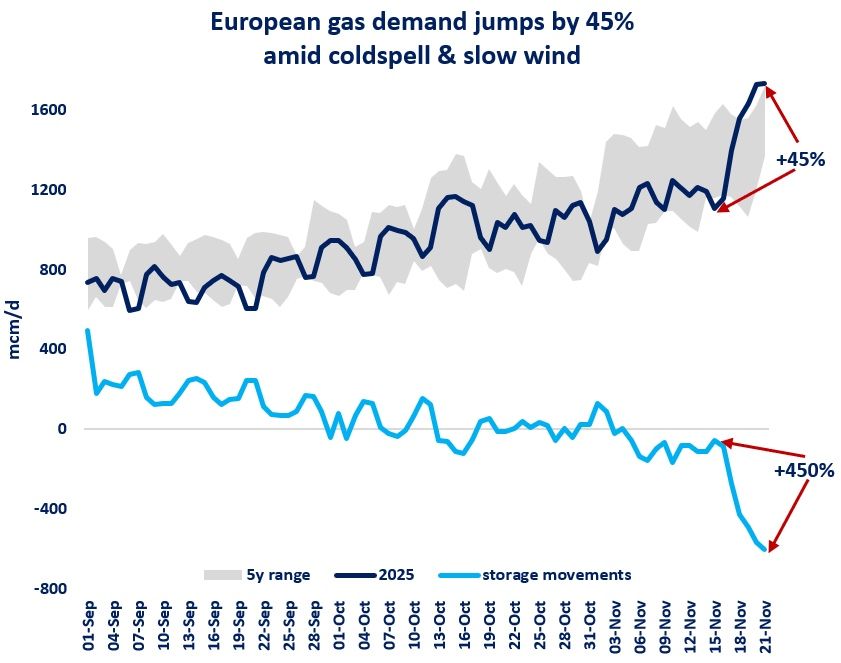

Although the traded gas market suffered after the collapse of Enron and TXU Europe, the churn rate remained above 10 times throughout the 2000’s. The market grew again in the early 2010’s, reaching its all-time peak in 2017, when total traded volumes stood at 20970TWh and the net churn was 23.9 times.
The Figure shows the traded volume development for all the main hubs from 2014 to 2019. The TTF and NBP lines represent those hubs’ total volumes divided by five in order to scale better on the chart. The NBP, having had its best volume years and remaining fairly steady from 2014 until 2017, started to fall away rapidly from Q1-2018, as can be seen in the Figure.
One of the main reasons for this decline, and that of the Belgian ZEE also, is that they are priced in pence/therm and Continental European traders would prefer to hedge and risk manage in contracts priced in euros/MWh. Whilst there wasn’t a viable, liquid, euro denominated contract to trade, they ‘made do’ with the liquid, mature, Sterling NBP market.
The NBP, having had its best volume years and remaining fairly steady from 2014 until 2017, started to fall away rapidly from Q1-2018
The ZEE market has always been predominantly traded on spreads against NBP so that the decline of NBP had an immediate and noticeable impact on the volumes traded at ZEE. Now that TTF has grown to be a mature market, even more liquid than NBP, much of that hedging and risk management trading has moved away from NBP to the benefit of TTF.
Source: Patrick Heather, OIES. See the full report HERE













